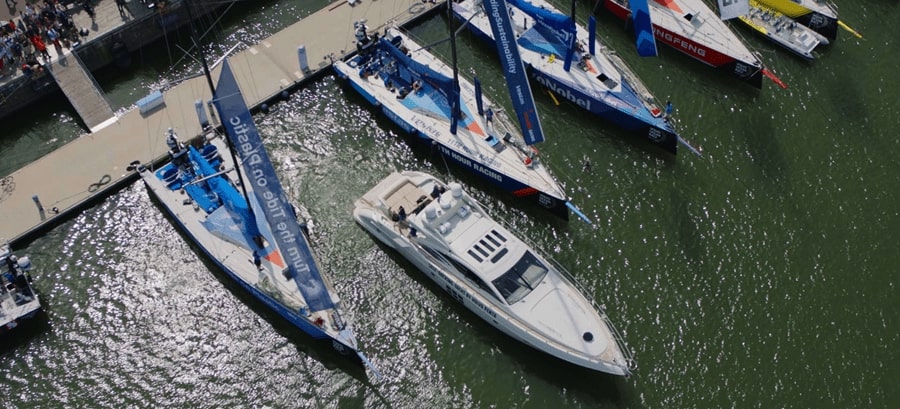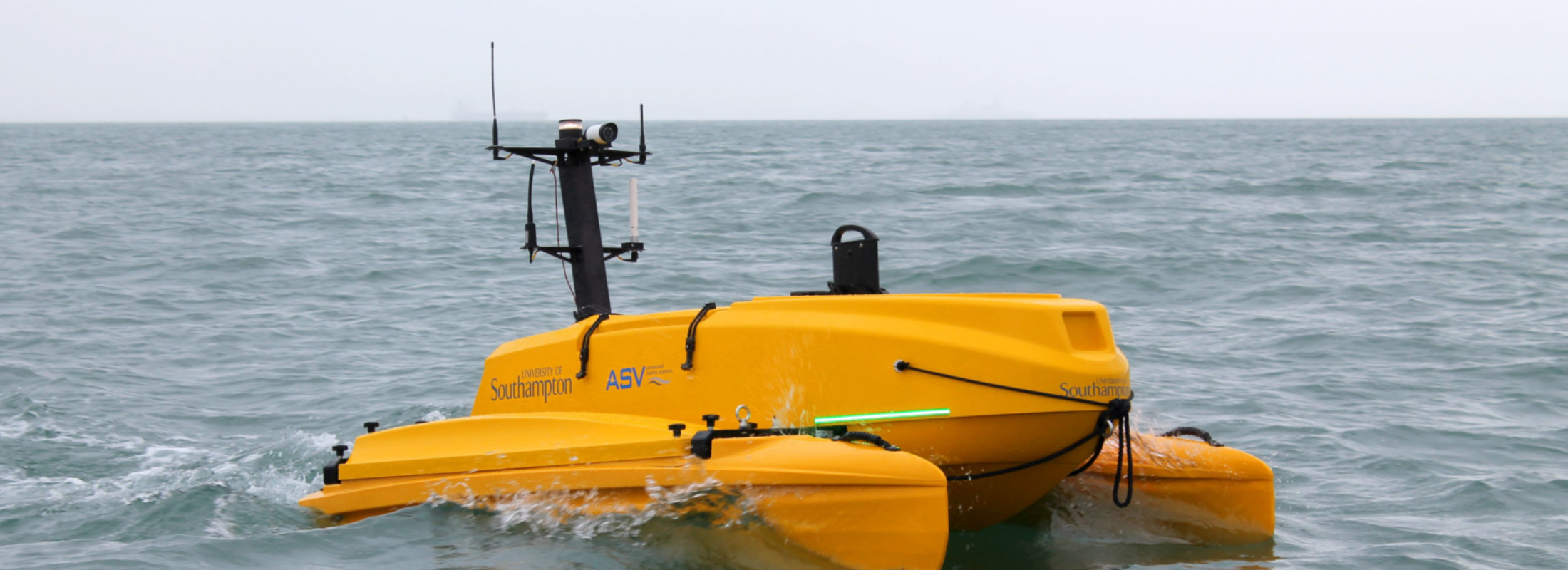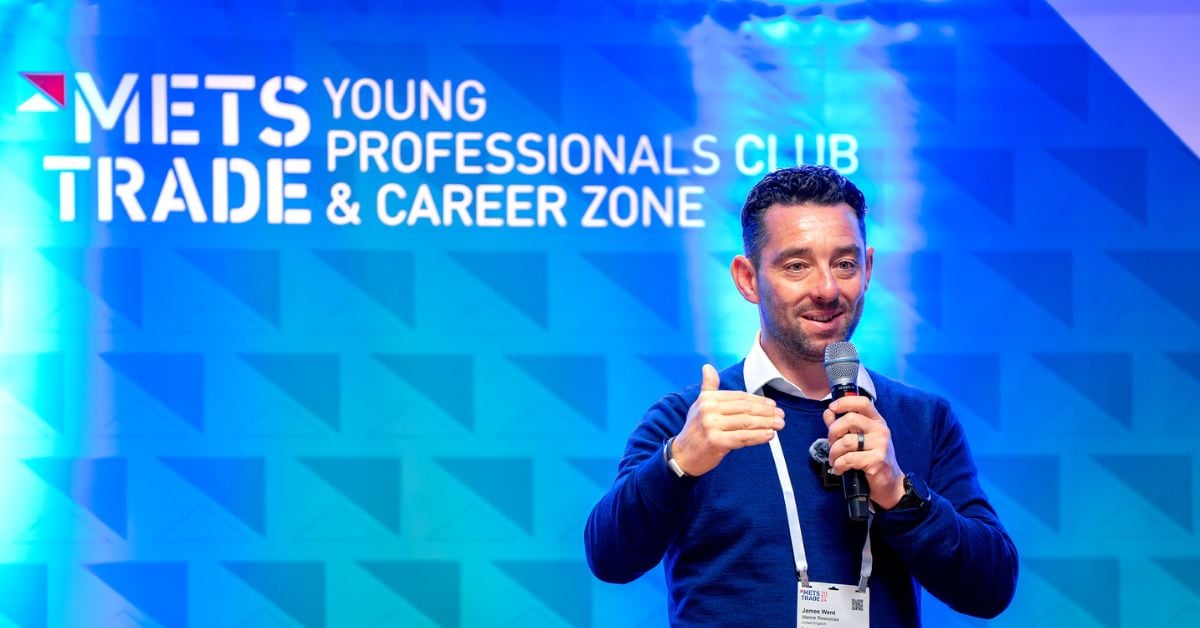Autonomous boating - dream or reality?

Where automotive leads then marine often follows. No surprise then perhaps that there is big attention now on the use of autonomous technologies at sea.
Amsterdam RAI, the home of METSTRADE, was host to the Autonomous Ship Technology Symposium 2018 in June where the focus was very much on the professional maritime world. You can see the obvious benefits of a ship that pushes off from a container port in one part of the globe and arrives in another without the financial cost and other overheads a crew brings with it. Or of sending a survey vessel out, night and day, on countless precisely plotted patterns across the sea without risk of its skipper and technicians getting bored or seasick. The incentives for autonomous technology seem obvious for all manner of commercial and military vessel operations.
What benefit though for leisure applications? Surely the whole point of getting afloat for fun is we want to be in control, enjoying the skill of navigating successfully to a haven. Then showing off just a little as we glide into the berth, secure lines and enjoy that feeling of success from a passage well done.
The reality, of course, is often different. Even the older generations of boat owners that remain the mainstay of boat purchases today largely abandoned traditional navigation for the GPS and chart plotter a decade ago. Quite a few would happily abandon the whole process of getting into or out of a marina berth too, if given a safe option. It’s not just Millennials that have an interest in enjoyment without embarrassment.
The self-parking boat
Volvo Penta’s recent announcement of its emerging self-docking technology targets the latter point. If it’s now routine to leave your car to park itself without drama, why not a boat? In a demonstration of considerable faith, the Gothenburg stopover of the Volvo Ocean Race was chosen to let a 68ft motor yacht autonomously berth under the gaze of a crowd between two of the participant yachts. That’s several million euro of boats that could have become expensively damaged had the computers and sensors had got distracted by the audience, become nervous, or run out of skill. The digital skipper is delightfully emotion free, armed with rapid reflexes and tends to demonstrate repeatable ability once it is programmed correctly.
With hindsight, you can see this was coming. Several of the leading marine power companies have been working on the computerisation of engine management and the convergence of control for propulsion, steering and thrusters, for years. It is the perfect foundation to enable full automation.
In the Volvo Penta solution, an electronic vessel control system (EVC) interacts with sensors ashore and GPS to fully take command once the boat enters a ‘catch zone’. It can also reverse the process and take the boat out again.
“Our IPS system has already taken great strides in making docking easier,” Björn Ingemanson, Volvo Penta’s President, explains. “This new self-docking feature takes that process one important stage further. Its sensors and onboard computers react in milliseconds to changing wind and sea conditions, constantly making micro adjustments in power and steering angle of the IPS drive to keep the boat on its intended course into a safe berth. If necessary, the docking process can be paused, and the system will hold the boat stationary in the water.”
Some commercial berths are already using vacuum pads to capture a vessel so one imagines the final piece of the jigsaw will also be a boat that can secure itself on arrival.
Autonomy now
However, will we want more out of autonomous technology than just a happy landing? I turned to one of the current leaders in the market, ASV Global, to gain insight on what is happening, right now. This international player had two staff in 2010 and now has 130 employees, with its biggest department being the software development team. As well as designing and building unmanned and autonomous surface vessels itself, from less than 2m to 13m, ASV is increasingly supplying its software and electronics to shipyards and boatbuilders for integration in small craft and larger vessels. Largely unmanned missions vary widely, from mine hunting and gunnery targets, to surveys, inspections and ocean science.
“Scientists are quite ambitious and quite keen to try things,” ASV Senior Director Dan Hook explains, “so we've done some interesting projects with organisations like the National Oceanography Centre, in Southampton, and sent boats completely unmanned out into the Atlantic for 12 days, controlled over a satellite link. We were gathering ocean temperature, and salinity, and listening for marine mammals.
“Leisure sailors may have started to see some unmanned boats, quite often yellow in colour, doing survey work. We've probably done 15,000 line-kilometres now, often in areas that haven't been charted in 150 years.”

Adapting systems to the marine leisure market
In terms of adapting autonomous technology for the leisure industry, we’ve had a few discussions with organisations about that,” Dan continues. “The whole point of leisure is to have the buzz of driving the boat yourself, so at the moment we see it as an option to enhance safety.
“We are all experiencing a gradual transition to more automated cars and we think the same opportunities are there in the leisure marine industry. People will still be helming, but could have some of our sensors and software to aid them, alerting them to things they might otherwise miss, by using artificial intelligence on a camera or radar feed. Particularly at night – when you've got that late watch, no one's going to turn down the extra input of a decent infrared camera with some smart software that spots things that the human eye won't. We call it enhanced situational awareness – it's adding to the human experience rather than taking away control.”
Dan suggests that the changing market will also drive further autonomy: “Think about the Millennial who's doing well in the city and decides to buy himself a boat. When he visits the marina in his electric Tesla, which drove him half the way down there autonomously and self-parked itself, he's going to expect similar tech on his boat. This also links to electrification. As certain sectors of the leisure industry become more electrically compelled, there's a lot of opportunity to make things controllable, more easily managed, and closely linked into the software.”
Impacts of autonomy on equipment manufacturers
There are two immediate take home lessons from Dan’s observations that will apply to many METSTRADE exhibitors and visitors.
The first is that, to make autonomous boats work, companies like ASV are already having to select equipment where they can get access, via open architecture, to a lot of detailed sensor data. That is not always possible currently.
The second is that manufacturers seeking to serve this market need to be able to supply accurate mean time to failure information, because engineering in a known level of reliability is critical.
What is strikingly obvious is that autonomous boats are not a future thing – they are very much of the moment and likely to be more influential for all sorts of reasons. Ultimately, perhaps they will be essential to breaking the perceived skills barrier to boating.
How long before you can tell your boat to meet you at your chosen holiday destination and is it a good thing? As ever, I’m interested in your views.
Share your stories on leisure marine industry with us
Do you have an innovation, research results or an other interesting topic you would like to share with the leisure marine equipment industry? The METSTRADE website and social media channels are a great platform to showcase your stories! Let us know via metstrade@rai.nl
Are you a METSTRADE exhibitor?
Make sure you add your latest press releases to your Company Profile in the Exhibitor Portal for free exposure.


